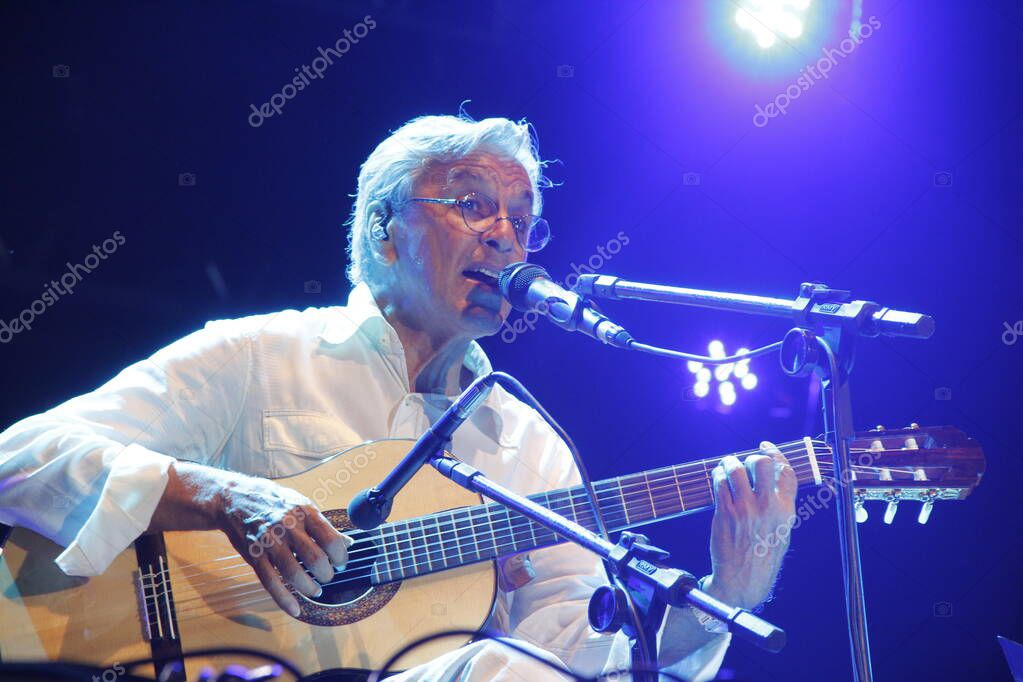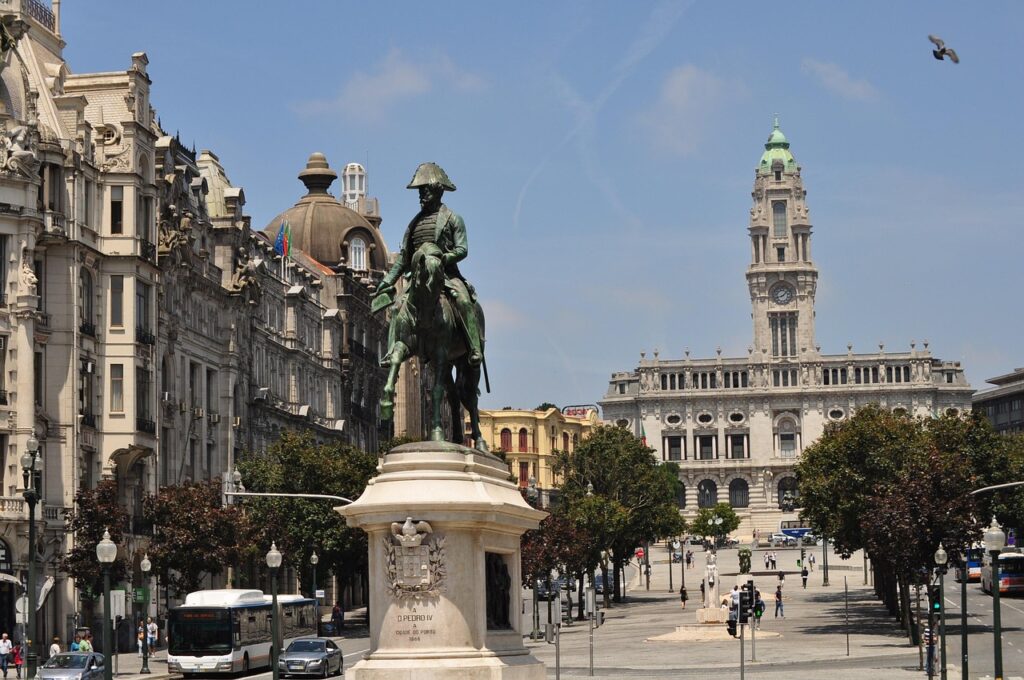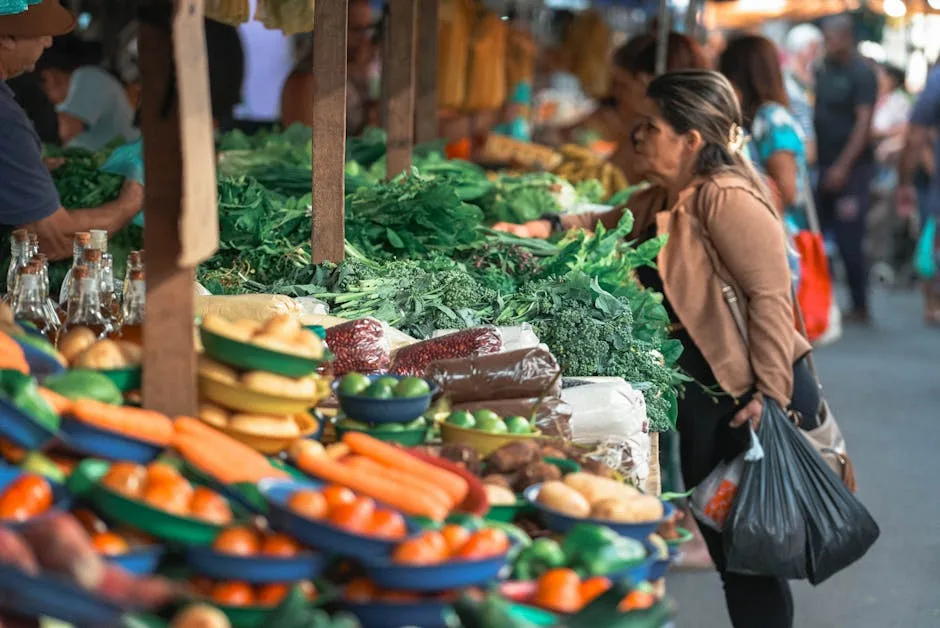Historical Context of Portuguese in Brazil
The introduction of the Portuguese language in Brazil dates back to the early 16th century, coinciding with the arrival of Portuguese explorers in South America. In 1500, the navigator Pedro Álvares Cabral landed on Brazilian shores, marking the beginning of Portuguese colonization. Following this arrival, the Portuguese crown established Brazil as a colony in 1530, which further entrenched the language in the region. The integration of Portuguese settlers, traders, and explorers into Brazilian society played a crucial role in disseminating their language and culture across the vast territories.
As Portuguese colonizers moved deeper into Brazil’s interior, they encountered diverse indigenous populations, each with distinct languages and customs. This interaction between Portuguese settlers and indigenous tribes necessitated the development of communication strategies, leading to the emergence of linguistic borrowings. While Portuguese became the dominant language, many native words and phrases were incorporated, enriching the lexicon and illustrating the complex linguistic landscape of Brazil.
Furthermore, the 16th and 17th centuries saw the influx of African slaves brought to Brazil to work on sugar plantations. These groups contributed to the evolving Portuguese dialect, with their languages influencing the syntax, vocabulary, and phonetics of Brazilian Portuguese. Over time, differences in pronunciation and expression gradually emerged between Brazilian Portuguese and that of Portugal, reflecting the diverse cultural influences that shaped Brazilian society. As Brazil gained independence from Portugal in 1822, the Portuguese language continued to adapt and transform, solidifying its role as the unifying force in a country characterized by its multiculturalism.
Understanding this historical context is essential for grasping the unique characteristics of Portuguese as spoken in Brazil today, distinct from Europe while preserving its roots. The evolution of the language highlights Brazil’s rich cultural tapestry, influenced by indigenous, African, and European elements, underpinning its identity and fostering a vibrant linguistic heritage.
The Evolution of Brazilian Portuguese
Brazilian Portuguese has undergone significant transformation since its inception, evolving through interactions with numerous languages and cultures. Primarily descended from the Portuguese brought to Brazil during the colonization in the 16th century, the language began to differentiate itself from European Portuguese, influenced greatly by the diverse population that arose in Brazil. Indigenous languages, such as Tupi and Guaraní, contributed vocabulary and phonetic influences that shaped the foundational aspects of Brazilian Portuguese, lending a unique rhythm and flavor to the vernacular.
Moreover, the transatlantic slave trade introduced a multitude of African languages, including Yoruba, Ewe, and Kimbundu, which further enriched the linguistic landscape. This amalgamation resulted in the development of various expressions, phrases, and linguistic structures that are now characteristic of Brazilian Portuguese. The impact of these languages can still be observed in contemporary speech, particularly in regions with a strong African heritage, enriching the expressive capacity of the language.
In addition to indigenous and African influences, subsequent waves of European immigrants, including Italians, Germans, and Spanish, played a pivotal role in refining Brazilian Portuguese. Each immigrant group brought with it linguistic nuances that would eventually merge into the local dialects, resulting in variations that reflect Brazil’s multicultural heritage. The influence of these immigrant languages is evident in regional accents and terminology, further differentiating Brazilian Portuguese from its European counterpart.
Throughout the years, Brazilian Portuguese has also seen shifts in grammar and pronunciation. Phonetic changes, such as the softening of certain consonants and vowel nasalization, have become common in Brazilian speech. Additionally, the simplification of verb conjugations has made Brazilian Portuguese more approachable for second-language learners. As a result, today’s Brazilian Portuguese stands as a vibrant testament to its historical evolution, embodying the rich tapestry of influences that have shaped it into the distinct language it is today.
Cultural Influences on Brazilian Portuguese
Brazilian Portuguese, while rooted in the original language of Portugal, has undergone significant transformation influenced by the diverse cultural elements within Brazil. One of the most prominent factors impacting the evolution of Brazilian Portuguese is the country’s rich musical heritage. Genres such as samba, bossa nova, and MPB (Música Popular Brasileira) have not only contributed to the lexicon but also enriched the phonetic aspects of the language, with distinctive rhythms and expressions emerging from these musical styles. The integration of African dialects and indigenous languages through music has further diversified the language, adding local flavor and nuance to everyday conversation.

Literature has also played a crucial role in shaping Brazilian Portuguese. Renowned writers such as Machado de Assis, Jorge Amado, and Clarice Lispector have incorporated regional idioms and cultural references, reflecting the Brazilian experience and fostering a unique literary voice. This literary tradition has contributed to the popularity of certain expressions and vocabulary that distinguish Brazilian Portuguese from its European counterpart. As contemporary writers continue this tradition, the language evolves to meet the changing cultural landscape, incorporating modern vernacular and innovative linguistic structures.
Furthermore, the impact of media and technology cannot be overlooked in understanding the current state of Brazilian Portuguese. The rise of digital platforms and social media has facilitated the rapid exchange of ideas and language variations, allowing words and expressions to spread at an unprecedented pace. Television shows, films, and online content often expose viewers to slang and colloquial language that may differ from formal usage, enriching the language and fostering a sense of cultural identity among Brazilians. The cumulative influence of these cultural elements underscores the dynamic nature of Brazilian Portuguese, highlighting its status as a living and evolving language shaped by the country’s multifaceted identity.
Linguistic Differences: Pronunciation and Vocabulary
Brazilian Portuguese and European Portuguese, while fundamentally rooted in the same language, exhibit significant linguistic differences that can often lead to misunderstandings between speakers from the two regions. One of the most pronounced distinctions is in pronunciation. For instance, the Brazilian pronunciation tends to be more open and melodic, while European Portuguese often features a more clipped and muted articulation. Vowels in Brazilian Portuguese are typically pronounced more distinctly, allowing for a clearer delivery of sounds, such as in the case of the words “avó” (grandmother) and “a vovó” where the former is often pronounced less clearly in Portugal.
In terms of vocabulary, various terms differ notably between the two variants. For instance, the word for “bus” is “ônibus” in Brazil, while in Portugal, it is often referred to as “autocarro.” This divergence in lexical items extends to everyday language as well; for example, “suco” is used in Brazil to denote “juice,” whereas in Portugal, the term “sumo” is prevalent. Such vocabulary variations can sometimes pose challenges for mutual intelligibility.

Additionally, regional dialects within Brazil contribute to the diversity of the language. For instance, the accent and vocabulary in São Paulo can markedly differ from that in Rio de Janeiro or the northern states. These dialectical variations further enrich Brazilian Portuguese but also underscore the complexities inherent in the language. Conversely, European Portuguese maintains regional dialects as well but is less phonetically varied compared to its Brazilian counterpart. Through understanding these linguistic differences, learners and speakers can better navigate the rich tapestry of the Portuguese language as it exists in both Brazil and Portugal.
Grammar Differences between Brazilian and European Portuguese
The grammatical structures of Brazilian and European Portuguese exhibit notable differences that can affect mutual intelligibility. One primary distinction lies in the conjugation of verbs. In Brazilian Portuguese, the use of the third-person plural form is often replaced by the second-person singular or plural, particularly in informal contexts. For instance, in Brazil, one might hear “Você vai fazer isso?” instead of the European Portuguese equivalent, “Vocês vão fazer isso?” This shift not only simplifies communication but also reflects a more relaxed conversational style prevalent in Brazil.
Another significant difference is the treatment of pronouns. Brazilian Portuguese frequently employs the subject pronoun, even when it is grammatically unnecessary. In contrast, European Portuguese often omits subject pronouns, as the verb conjugation provides sufficient information about the subject. For example, a Brazilian speaker might say “Eu não sei” (I don’t know) more consistently, whereas a European speaker might prefer simply “Não sei,” both of which convey the same meaning but demonstrate varying preferences in pronoun usage.
Additionally, there are distinctions in sentence construction between the two variants. Brazilian Portuguese tends to favor a more straightforward syntax, favoring direct statements and questions. European Portuguese, on the other hand, allows for more complex structures and often employs a greater degree of inversion in questions. These variations, while subtle, can create moments of confusion for speakers of either variety when encountering the other.
Understanding these grammar differences is essential for effective communication between Brazilian and European Portuguese speakers. While mutual intelligibility is generally high, these nuances reflect the rich linguistic evolution that has taken place in both regions. Acknowledging these variations can lead to a deeper appreciation of the Portuguese language as it manifests in Brazil and Portugal.
Brazilian Portuguese in Education and Media
The teaching of Brazilian Portuguese in educational settings plays a critical role in shaping the linguistic landscape of the country. Brazilian Portuguese is formally introduced in schools with a curriculum designed to standardize the language. This standardization typically follows the guidelines set by the Ministry of Education, incorporating formal grammar rules, vocabulary, and writing conventions. However, the reality in classrooms often diverges from these standards. Many educators face challenges regarding the spoken forms of Brazilian Portuguese, which can vary significantly by region and cultural context. This linguistic diversity can lead to discrepancies between what is taught and how students communicate outside the classroom.
Moreover, the media serves as a significant platform for the promotion and evolution of Brazilian Portuguese. From television programs to online content, mass media reflect contemporary usage and regional variations, contributing to the language’s dynamic nature. The inclusion of colloquialisms and slang in popular media often mirrors the evolution of Brazilian Portuguese as it adapts to modern cultural and social influences. As a result, audiences are regularly exposed to a richer linguistic tapestry than what is typically presented in educational settings.
This interplay between education and media raises important questions about the role each plays in the preservation of Brazilian Portuguese. While educational institutions aim to provide a foundation of the language rooted in formal standards, media platforms often showcase the living language, making it accessible and relatable. Ultimately, the synergy between these two arenas can lead to a more comprehensive understanding of Brazilian Portuguese, fostering a culture that values both its historical roots and its contemporary manifestations. This balance ensures that the language remains vibrant and relevant in a rapidly changing world.
The Importance of Regional Dialects in Brazil
The Portuguese language serves as a unifying element in Brazil; however, it exhibits a remarkable variety of regional dialects that reflect the country’s vast cultural and geographical diversity. These dialects are not mere variations in pronunciation; they encompass distinct vocabulary, grammar, and even intonation patterns that contribute to the richness of Brazilian Portuguese. Understanding these regional differences is crucial for appreciating the linguistic landscape of Brazil.
Geographic factors play a significant role in the formation of dialects across Brazil. The country is home to diverse ecosystems, from the Amazon rainforest to the coastal regions and arid hinterlands. Each of these environments has fostered unique ways of living and interacting, leading to variations in language use. For example, the Portuguese spoken in the Amazon region may incorporate indigenous vocabulary, reflecting the local cultures and environments. Similarly, dialects in the coastal areas may be influenced by African languages due to historical factors, such as the transatlantic slave trade.
Social influences also shape the dialects observed among Brazilian Portuguese speakers. Urbanization and migration have led to the mixing of different linguistic backgrounds. In large cities such as São Paulo and Rio de Janeiro, you can find a fusion of dialects due to the influx of people from various regions. This phenomenon has resulted in a dynamic linguistic environment where colloquial expressions and informal speech patterns often differ significantly from those used in rural areas.
Finally, cultural influences, including music, literature, and regional traditions, contribute to the way dialects evolve over time. Brazilian Portuguese continues to adapt, reflecting the changing norms and values of its speakers. The regional dialects each tell a story about the history, identity, and heritage of the communities that speak them, underscoring the vibrant tapestry of language within Brazil. Understanding these differences allows for a greater appreciation of Brazilian culture and the richness inherent in its linguistic diversity.
The Global Influence of Brazilian Portuguese
Brazilian Portuguese has gained significant global prominence over the years, thanks to its rich cultural heritage and the country’s vibrant contributions to various forms of international media. As one of the most widely spoken variants of Portuguese, it boasts a unique charm that attracts both native speakers and language learners alike. The growing presence of Brazilian Portuguese in the international arena can be attributed to several factors, including the country’s dynamic music scene, literature, and digital platforms.
One of the pivotal contributors to the global influence of Brazilian Portuguese is the music industry. Artists such as Caetano Veloso, Gilberto Gil, and Anitta have catapulted Brazilian music genres like bossa nova, tropicalia, and funk carioca onto international stages. As these musicians gain recognition, their songs often feature lyrics in Brazilian Portuguese, introducing nuances of the language to global audiences. This cultural exchange not only showcases the musical diversity of Brazil but also emphasizes the fluidity and adaptability of the language.
In addition to music, Brazilian literature has also found its way into the global literary scene. Authors such as Jorge Amado and Paulo Coelho have achieved international acclaim, bringing attention to Brazilian Portuguese through their compelling narratives and distinct storytelling styles. Their works have been translated into numerous languages, promoting an understanding of Brazilian culture while simultaneously highlighting the richness of the language.
The rise of digital platforms has further amplified the global reach of Brazilian Portuguese. Social media, streaming services, and online publications enable Brazilian content creators to share their work with a broader audience, contributing to a dialogue around the language. This increasing visibility encourages linguistic exchange and fosters a growing interest in the language’s unique aspects, facilitating its dynamism and continuous evolution.
The Future of Portuguese in Brazil
Throughout this exploration of the Portuguese language in Brazil, we have highlighted its rich history and distinct characteristics that set it apart from its European counterpart. As Portuguese evolved in Brazil, it absorbed influences from indigenous languages, African languages, and immigrant tongues, resulting in a unique dialect that reflects the country’s diverse cultural heritage. This ongoing evolution demonstrates the resilience of the language and its adaptability to new contexts.
Looking ahead, the future of Brazilian Portuguese appears both promising and challenging. Globalization and technological advancements play a significant role in shaping communication patterns. The rise of social media, online platforms, and globalized content consumption has introduced new vocabulary and colloquialisms, which might further evolve Brazilian Portuguese. Moreover, as international interactions increase, aspects of English and other languages may permeate the vernacular, potentially leading to shifts in pronunciation, syntax, and semantics.
A key concern for linguists and cultural advocates is the preservation of Brazilian Portuguese’s unique identity amidst these changes. While influence from other languages can enrich its lexicon, there is a risk that the distinct elements of Brazilian Portuguese could become diluted. Efforts must be made to document and promote the idiosyncrasies of the language, ensuring that the cultural narratives tied to it are not lost. Education plays a pivotal role in this endeavor, as it can equip future generations with an understanding and appreciation for their linguistic heritage.
In summary, as we observe the ongoing transformation of Brazilian Portuguese, it is vital to strike a balance between embracing change and preserving the essence of this vibrant language. The dynamism of Portuguese in Brazil affirms its significance in global linguistic landscapes, while also representing the rich tapestry of Brazilian culture. The future depends on collective efforts to nurture and sustain this invaluable aspect of national identity.





